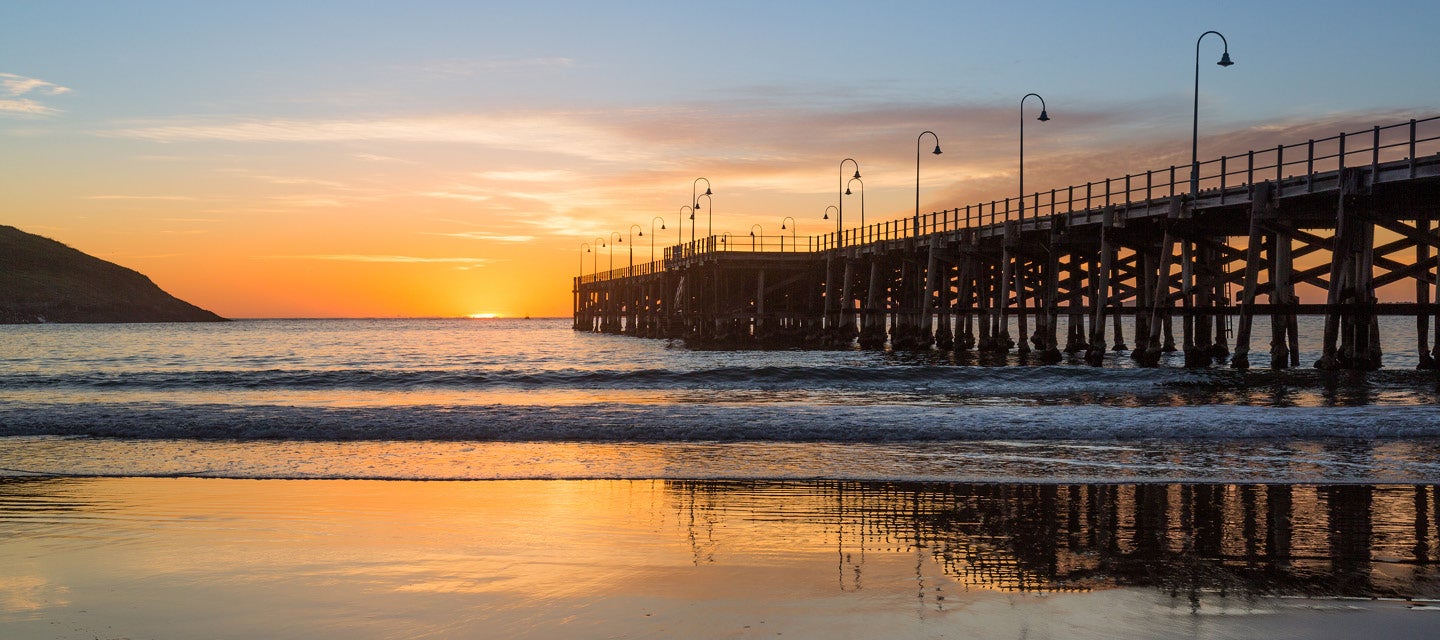
"Belonging to the local community”, says regional radiologist
"Belonging to the local community”, says regional radiologist

Life as A Clinical Radiologist in Rural and Regional Settings: What’s the Reality?
This is the transcript of an interview with Dr Stephen Currin, I-MED Radiology Network, Coffs Harbour which appeared in the RANZCR publication ‘Inside News’, March 2021.
What are the upsides to practising outside of metropolitan centres?
I have found that practising radiology in a regional centre has been rewarding and stimulating.
The interesting mix of work and pathology allows you to consolidate radiology foundations from registrar training without being pigeonholed into a specific subspecialty too early in your career. It allows you to develop interests in areas you may not have otherwise considered, allowing you to become a well-rounded general radiologist.
That being said, there is also sufficient subspecialty work, if your skills are complementary to those of your colleagues, allowing each other to trade more challenging subspecialty cases. Having recently completed two separate North American fellowships in abdominal imaging and MSK, I have found the volume of subspecialty work in these respective areas more than anticipated. There is a strong link between the public and private sectors in our region, allowing a synergistic relationship that is able to provide a comprehensive service to the community.
The sense of belonging to the local community and developing a good relationship with your referrers provides a sense of purpose and job satisfaction.
Work/life balance is easy to achieve and especially beneficial to those of us with young families.
What are the limitations? Challenges?
Regional centre radiology can be limited by the resources available and affordability of certain equipment, which may affect patient access to those services. Likewise, the limited resources available to other specialties may naturally influence the way you practise and report. Also, patients often have a more complex journey to diagnosis, given the large catchment area a regional or rural practice may have.
As a radiologist, if you have particular subspecialty interest, there is the potential to deskill, however this can easily be mitigated with proactive planning such as attending conferences, workshops or organising professional sabbaticals/fellowships.
How have either the pros or the cons shifted during the pandemic?
Our regional practice was relatively sheltered from the disruptions posed by the pandemic and remained busy. As with the rest of the country we did experience disruptions to supply chains for items such as barium (not that I’m complaining).
What does the future look like for 2021? And beyond?
I hope that much like the exodus of many other professionals from metropolitan areas to regional centres, there may be a similar move for many radiologists in search of a lifestyle change.
Regional and rural radiology is an excellent option, especially for recent graduates, as our regional centres grow and become more resourced. Until then, teleradiology and virtual radiology will continue to support regional and rural centres.
What needs to change for patients?
Keeping up with demand and controlling patient wait lists are a challenge while regional and rural centres continue to grow. Medical imaging is often central to a patient’s medical journey from diagnosis to their management and follow-up and a vital medical service that needs to be prioritised as such in the regional and rural setting.
What needs to change for clinicians?
Similarly, prioritising the aforementioned waitlists would alleviate time to diagnosis for our fellow clinicians. Also, a paucity of locally-based radiologists in the rural setting may pose a challenge for clinicians seeking a radiologist’s expert opinion in a multidisciplinary setting, where patient management is often decided.
What training pathways are available in your region?
Our local base hospital is affiliated with a larger tertiary teaching hospital and medical school that allows registrars and medical students to intermittently rotate through the local department and offsite private clinic. As far as I am aware, a more permanent regional or rural radiology training post is not currently available in our region. Succession planning in areas of need is vitally important and such a position could improve the current workforce imbalance.
Editor's update: There are currently two training positions at Coffs Harbour Health Campus, one funded under the Australian Government’s Specialist Training Program (STP). The STP funded position can support up to four trainees per year on three-month rotations; a requirement of the Australian Government funding. For more information on current training opportunities in Coffs Harbour, please contact STP@ranzcr.edu.au
What would you say to someone considering leaving the city behind?
Don’t hesitate. You won’t regret it!
Is there a particular story of regional practice that has struck you?
There seems to be a new one every day.
However, a humbling part of working in a regional practice has been receiving letters of thanks and appreciation from patients and clinicians for what is simply doing my job. Knowing how much time and thoughtfulness goes into something like that makes me feel grateful for the opportunity to contribute to our community.
This story is from: Inside News March 2021 RANZCR
